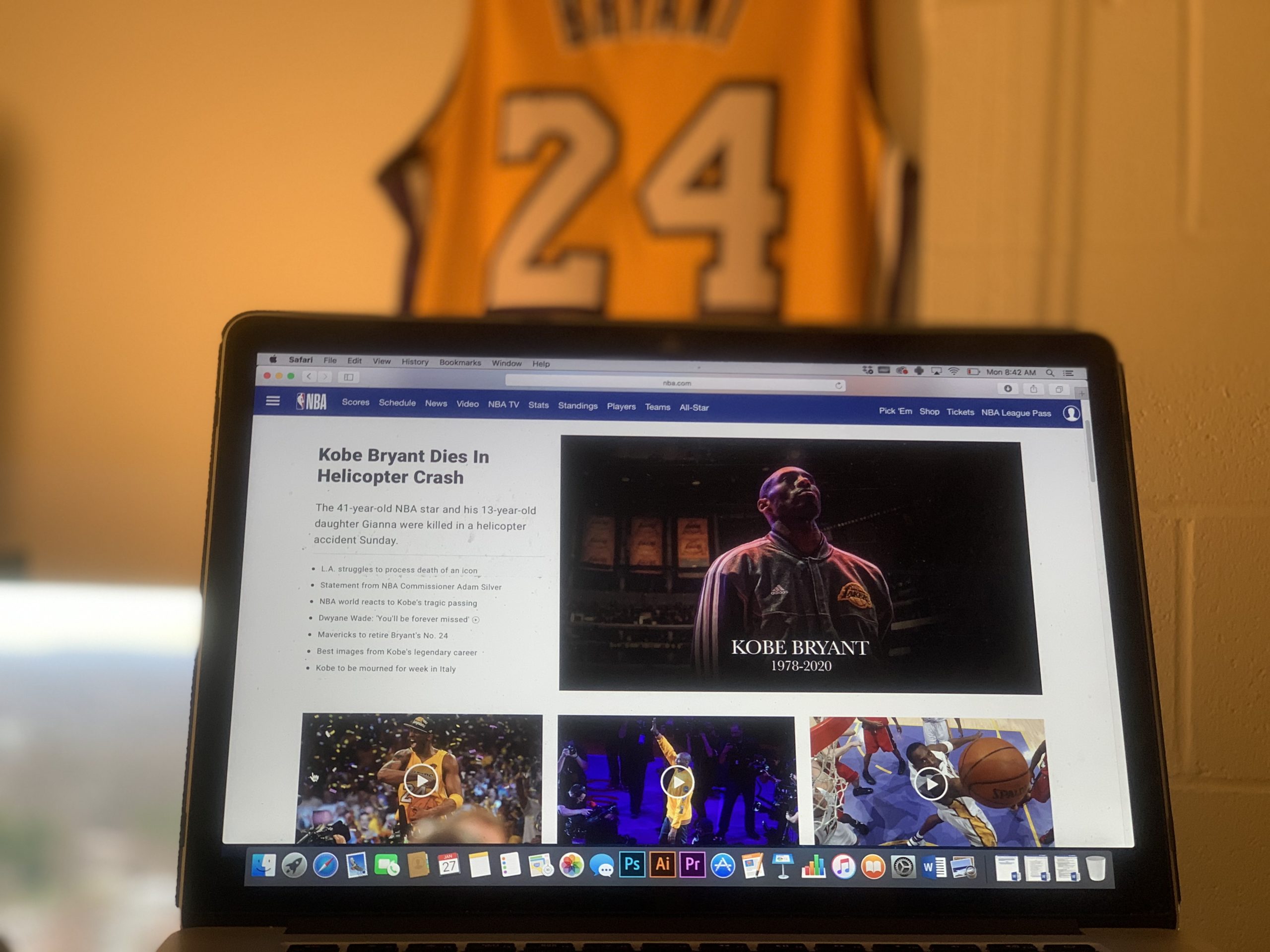I think it’s safe to say that my personal experiences with content can always relate back to ones that cover sports. Some of my earliest memories were that of my favorite teams growing up and winning championships across all of the major leagues and levels of competition. At the time all I had to recall on those moments were my memories, but in today’s world of digital and more visual based content, I find myself combining the two to make longer lasting memories and connections. One of the main goals of content strategy is to create content that supports meaningful, interactive experiences (Lovinger).
What I look for in my content are words and visuals that tell a story but don’t have to rehash everything that happened but rather relate back to events that I’ve witnessed unfold before. Whether it’s a highlight reel of a top play from a game or a quote from a player afterwards reflecting on the game, I find myself relating it back to my own experiences and what I’ve seen in other aspects of the sports world or my own life. When I was little I would only look at the positive content of my teams to keep the dream and reality of their success alive, but as I got older I learned that the loss and downfalls my teams would experience only helped them to grow stronger. So I took down that barrier that prevented the negative content and allowed myself to be prone to seeing it.
In order to try and understand the content I have consumed better, I tried to look for a moment in my life that stood out above the rest. Perhaps a moment in which I consumed content on multiple platforms all relating back to the same topic or event in seeing how or why I looked for the same information even though I already knew the outcome. I had some moments I thought would be relevant, but after the events of today I realized I had seen an avalanche of content and response from creators and consumers I had never seen before and knew this was something that would change my outlook on how I receive and perceive content going forward.
When I woke up this morning I did not expect to hear the news of one of my favorite players Kobe Bryant be announced dead at the age of 41 in a helicopter crash. And what started as one simple post I saw on ESPN turned into a worldwide effort in spreading word of his tragic death and remembrance of his greatness. I turned on the TV and saw that the news was true and he was in fact dead. So why did I still find myself on every news outlet and social media page looking for content related to him? I asked myself this question about a dozen times today and I wouldn’t be surprised if I’m back searching for the same content tomorrow.
Even though I already know he’s dead, I guess I’ve been finding myself attached to the content that again calls back on memories. The companies putting out the content know that everyone is on their pages because they heard about the death of Kobe, so that information doesn’t have to be repeated word for word in their content. Instead they choose to communicate an experience by using images and video of famous moments from Kobe Bryant’s career that calls back on his famous moments as a player while also introducing a new generation to his highlights as an athlete on and off the court. The content posted this week has helped the numbers 8 and 24 take on a new meaning in the world. Each tells their own version of the story, but both recall back to the same memory and experiences that I and I’m sure millions more had about Kobe. I guess the content I really look for is not one of positives or negatives but ones of reflection that mirror sports and the impact they have on life in general.
Works Cited
Lovinger, Rachel. “Content Strategy: The Philosophy of Data.” Boxes and Arrows, 20 June 2019, boxesandarrows.com/content-strategy-the-philosophy-of-data/.


